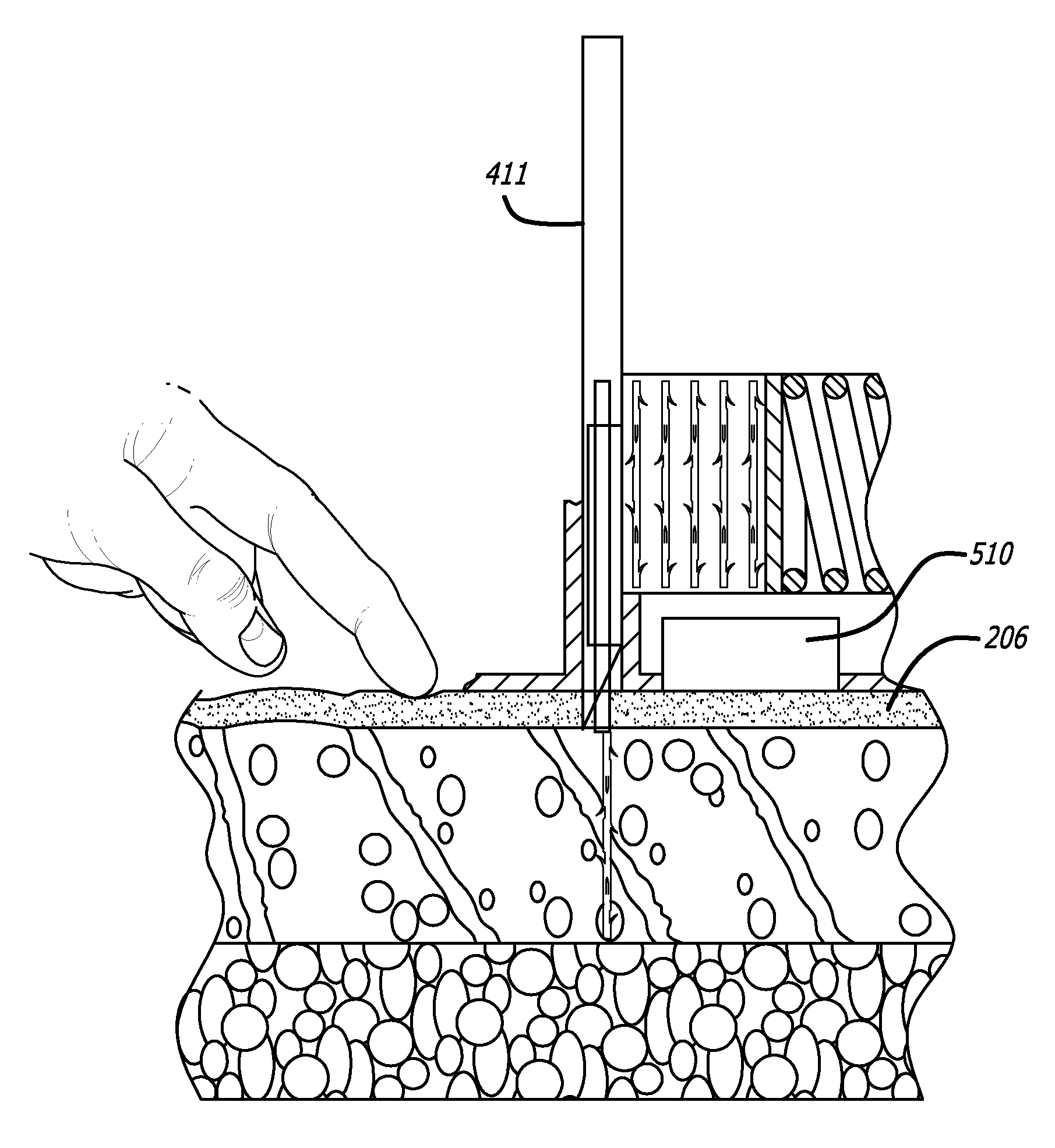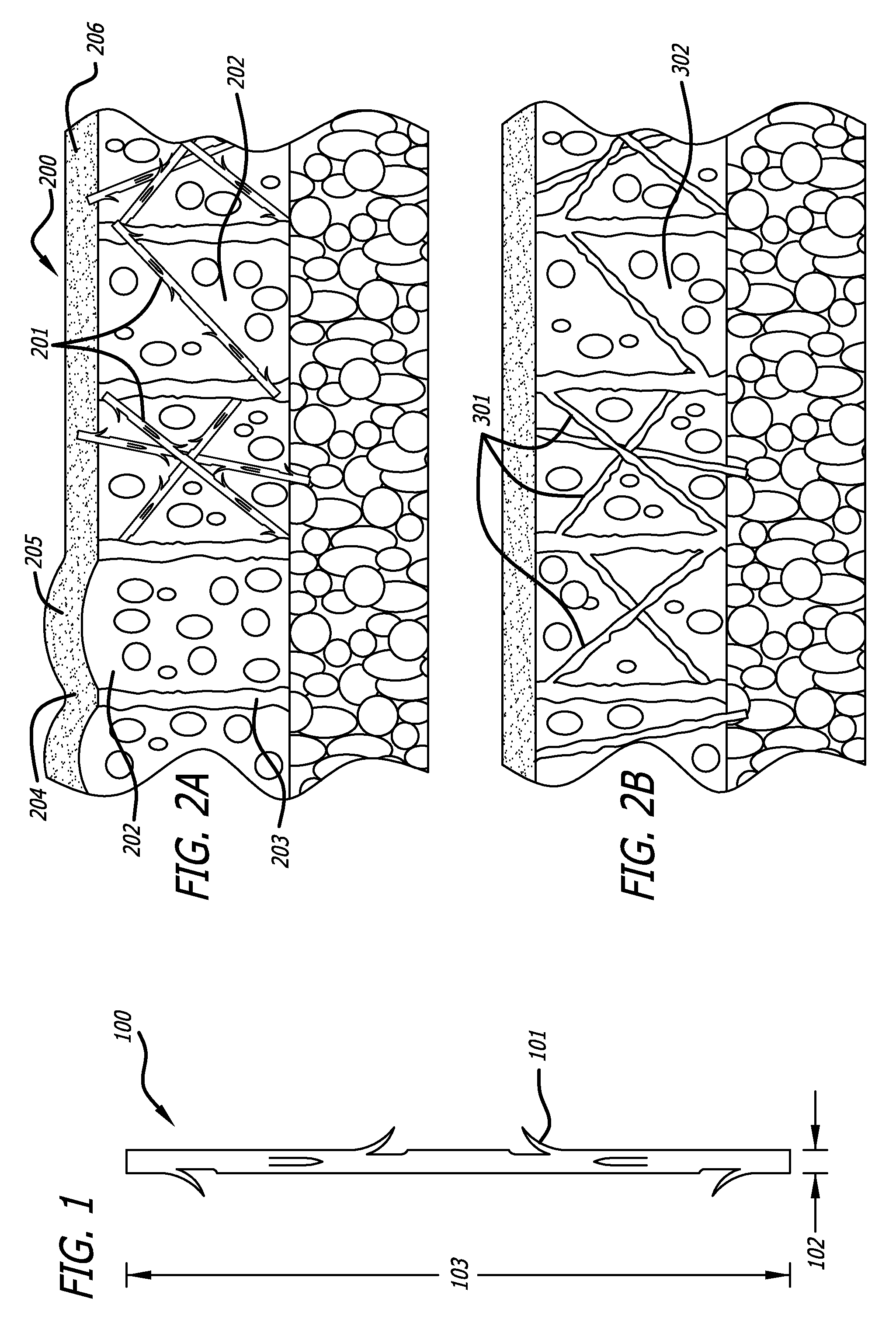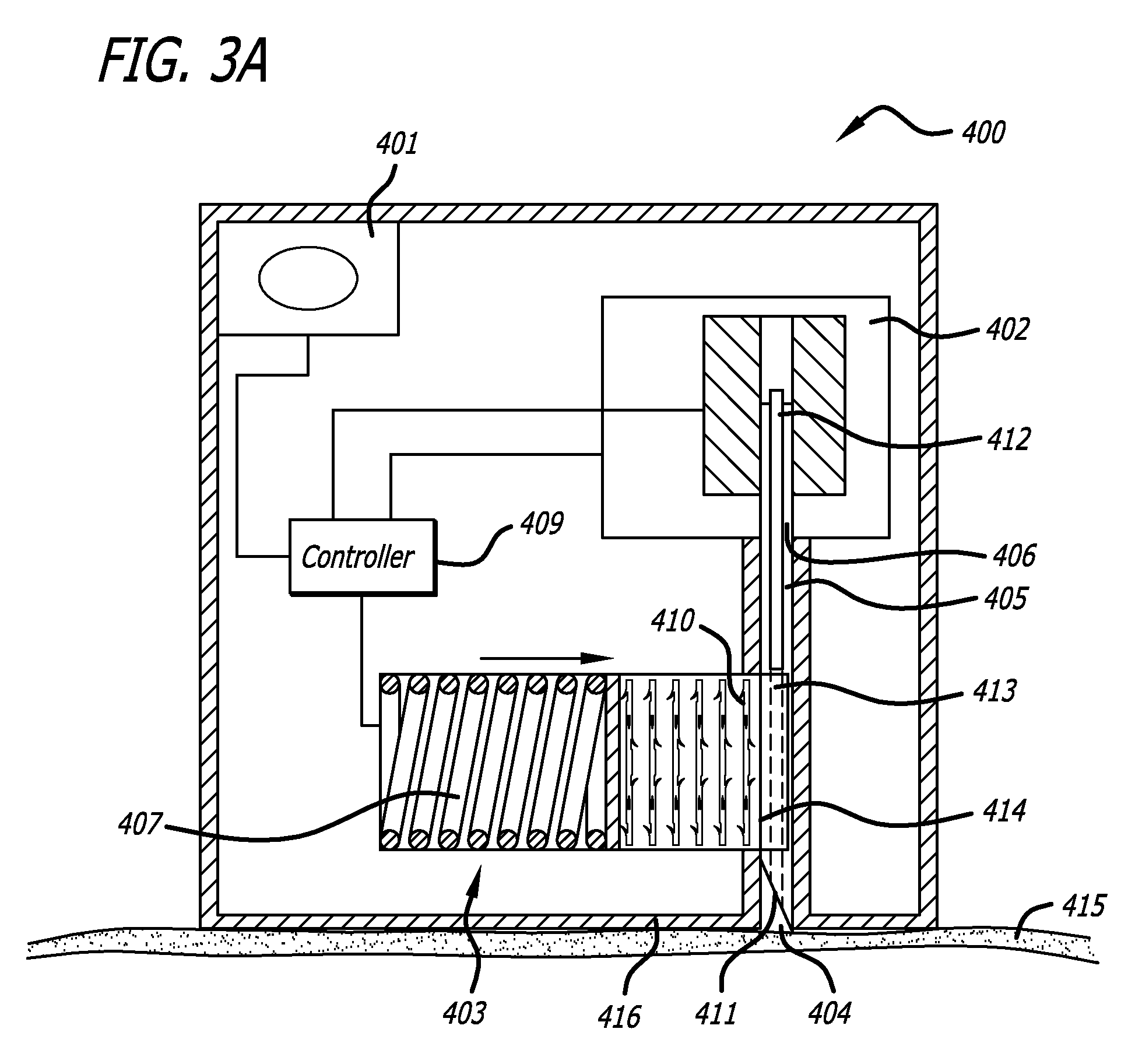Fiber growth promoting implants for reducing the appearance of cellulite
a cellulite and fiber technology, applied in the field of fiber growth promoting implants for reducing can solve the problems of affecting the appearance of cellulite, so as to achieve rigidity and/or pliable, the effect of reducing the siz
- Summary
- Abstract
- Description
- Claims
- Application Information
AI Technical Summary
Benefits of technology
Problems solved by technology
Method used
Image
Examples
Embodiment Construction
[0024]Cellulite is in part due to the parallel orientation of fibrous structures in the subdermal fat layer. The fibrous structures being oriented in a parallel fashion (and perpindicular to the skin) is unique to women; moreover, men typically have more random orientation of fibrous structures and this different in fibrous structure may be in part or wholly responsible for the fat that men do not exhibit widespread cellulite in comparison to women. In general, the invention utilizes a device and method to rapidly and minimally-invasively inject sutures, quills, fibers or fiber promoting material such as proteins, actin, collagen, etc., into the subdermal fat layer, or in the layer between the subdermal fat layers and the skin, at a sufficient angle to counteract the predominantly parallel structures of the fibrous septae in women.
[0025]The procedure of the present invention involves pulling the skin so as to create a shear effect between the top skin and the underlying fat. This wi...
PUM
 Login to View More
Login to View More Abstract
Description
Claims
Application Information
 Login to View More
Login to View More - R&D
- Intellectual Property
- Life Sciences
- Materials
- Tech Scout
- Unparalleled Data Quality
- Higher Quality Content
- 60% Fewer Hallucinations
Browse by: Latest US Patents, China's latest patents, Technical Efficacy Thesaurus, Application Domain, Technology Topic, Popular Technical Reports.
© 2025 PatSnap. All rights reserved.Legal|Privacy policy|Modern Slavery Act Transparency Statement|Sitemap|About US| Contact US: help@patsnap.com



